Making Things
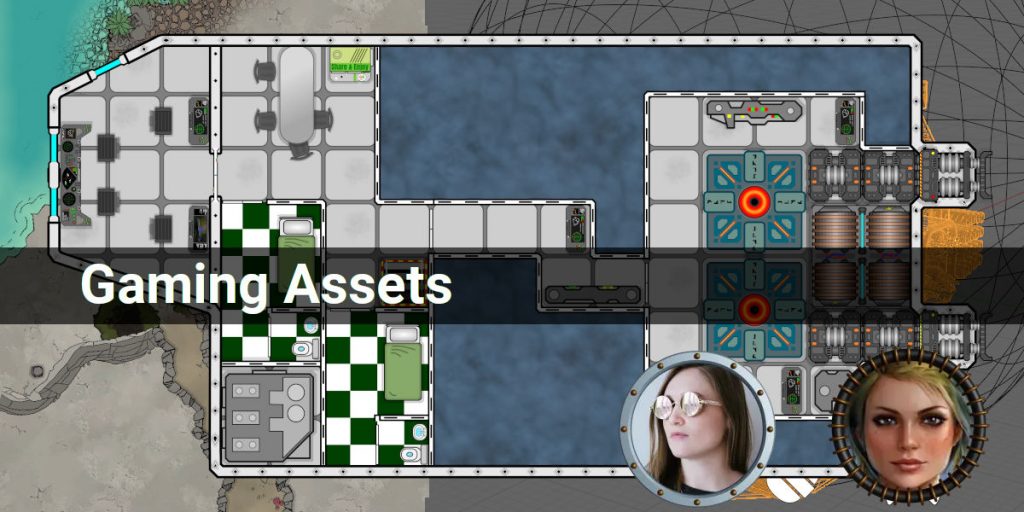
Our usual gaming has been on hold for a bit, due to various reasons, so I’ve had a bit of time to have a play with some of my supporting hobbies.
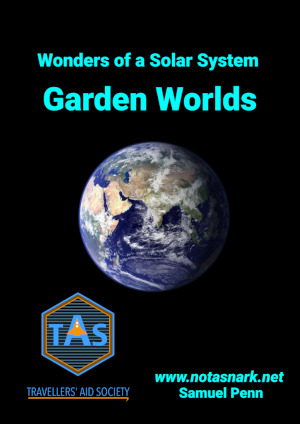
First off, another TAS supplement got published – Wonders of a Solar System: Garden Worlds. It provides examples of Earth-like garden worlds and the sorts of things that could be found there.
It’s about twice the size of previous releases in the series, because there were a lot of possibilities available. So I’ve split it into four D66 tables – astronomical and geographical features, fauna, flora and reasons to avoid the place.
I’ve also been re-working my portrait frames for VTT character tokens. I’ve been using the same frames for the last five or so years now, and I decided that they could do with an update. Rather than the simple fuzzy border that I used to use, I’ve used Blender to generate some 3D shaded frames, and generated them in a number of different colours. There are sixteen different colours, and four styles. I’ve tried to go for a more mechanical look, for use in SciFi games.
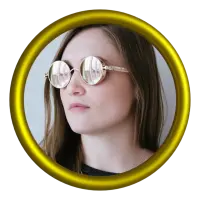
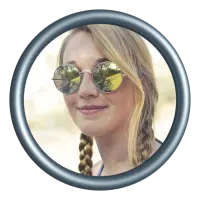
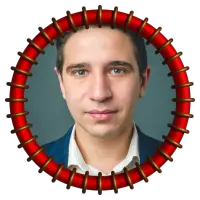
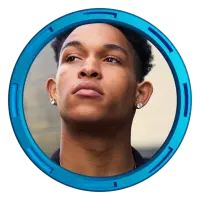


I’ve also updated my utility script to generate WEBP format rather than PNG, and also changed the default size from 140px to 400px. So you can now do something like:
$ mktoken -w 200 -s studs -c white *.jpg
female-01.jpg -> tokens/female-01.webp
female-02.jpg -> tokens/female-02.webp
female-03.jpg -> tokens/female-03.webp
If you don’t want to use the script, you can just use the frames manually. Both scripts and frames can be downloaded from the GitHub project.
I’ve also been working on my Dungeondraft assets, trying to beat them into some sort of reasonable shape. The objects aren’t a problem (so much), but the walls and doors seem to be finicky to get right. Doors seem to randomly appear on top of or below walls, which greatly affects their appearance. Doors in corners of walls also seem to cause problems.
Though there are a lot of good SciFi assets out there, there are a few reasons I’ve decided to use my own. Firstly, I wanted assets which represented the items found on Traveller ships. For example, each of the sensor types has its own asset, which takes up the right amount of space for a sensor of that type (2sq for civilian, 4sq for military, 6sq for improved and 10sq for advanced).
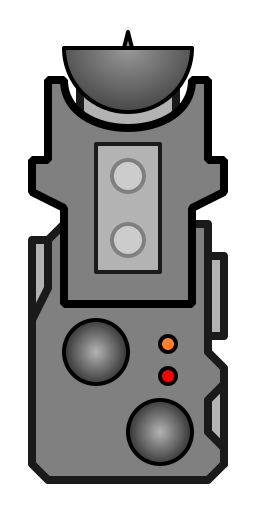
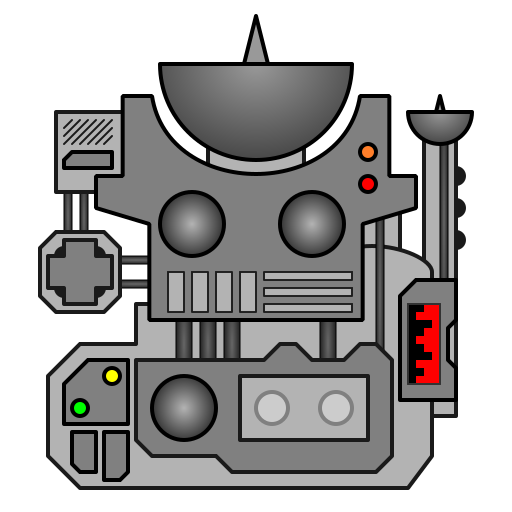
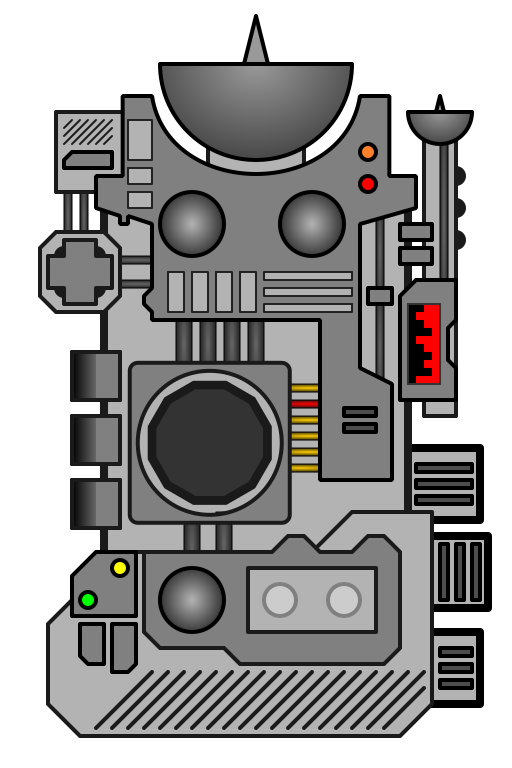
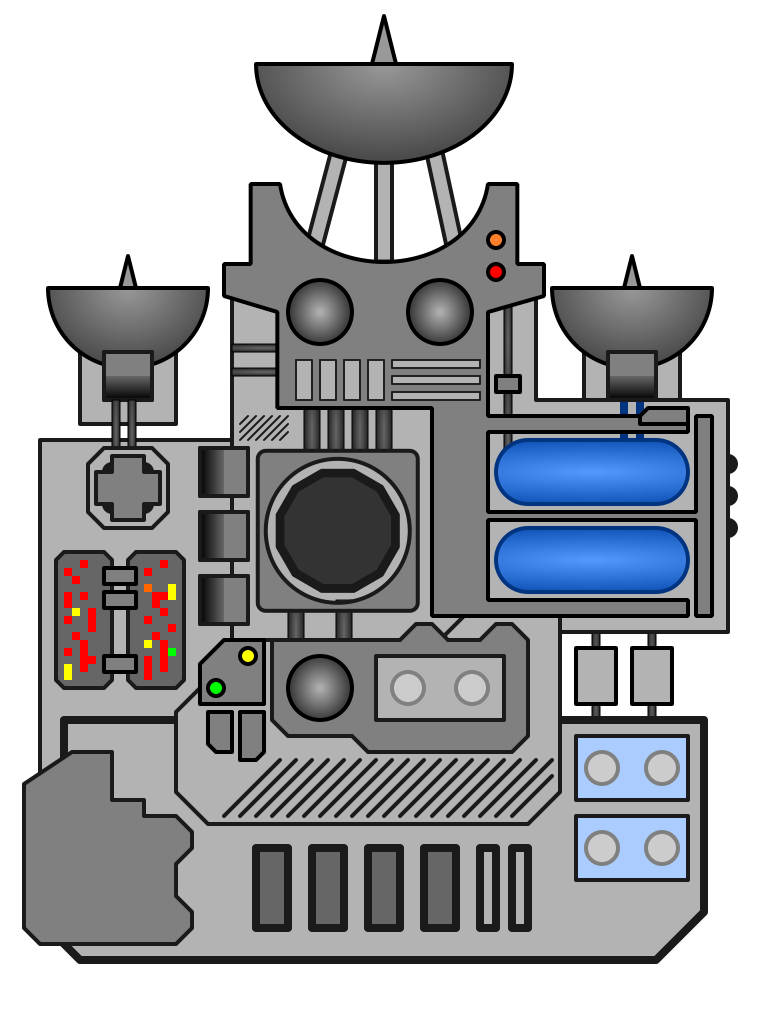
Secondly, I wanted assets that I could use for both commercial and non-commercial use, without having to worry about licensing. I am very used to the software license model, where a lot of material is available under an MIT or GPL license. Re-use is relatively easy to understand.
For a lot of cartography assets, what you can do seems to depend a lot on your current Patreon funding level. Can I stick a screenshot on my blog? Can I put a deck plan in a supplement that I’m selling? What happens if I stop funding a creator? So though I’m supporting some creators on Patreon, I got lost on the licensing and decided I would just do my own.
Ironically, I then got confused on the licensing for my own assets. I originally considered CC0, but was thinking of allowing unrestricted usage in maps, but restricting the use of individual assets. Describing that succinctly was a challenge, but then I noticed that Cartography Assets has a good selection of licenses which are designed for just that sort of thing. However, I got lost trying to figure out what all the clauses meant, so decided to just go with CAL-NR. Which is effectively fully CC0.
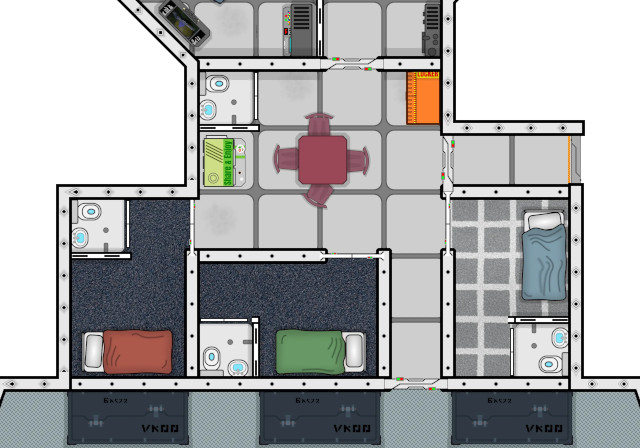
So my packs can now be found on my website, or the individual assets can be downloaded directly from GitLab. I’ll stick them up on Cartography Assets at some point, once I’m happy with how the walls and doors are working.
Finally, my Traveller Physics Tools for FoundryVTT is now up on the Foundry website, and I just need to add the TravellerMap integration module as well. Plus lots of attempting to learn how to program Foundry. Trying to get my head around the Active Effects functionality has been a challenge, especially due to the lack of decent documentation.